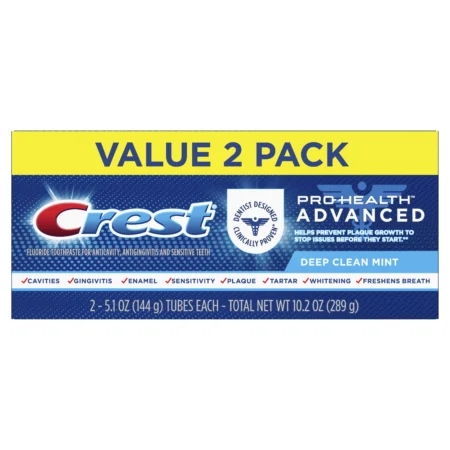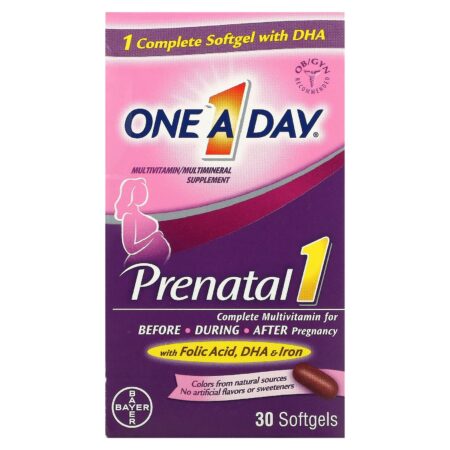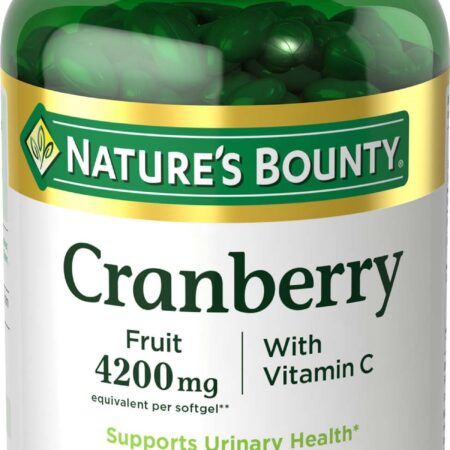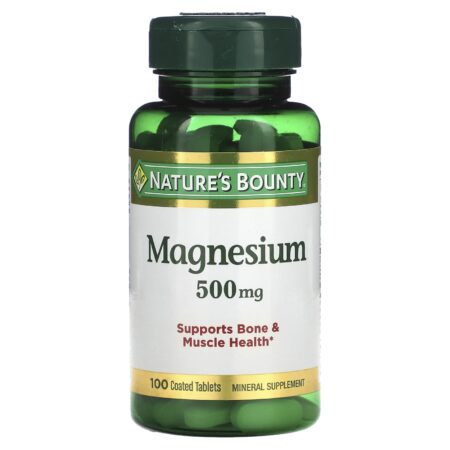Formerly released solar direct exposure standards for optimum vitamin D synthesis based upon a research study of skin samples might require to be modified, according to brand-new research study released today in PNAS
A research study by scientists from King’s College London, with assistance from the NIHR Person’s and St Thomas’ Biomedical Research Study Centre, has actually evaluated the optimal ultraviolet radiation (UVR) wavelengths for human skin production of vitamin D in sunshine.
UVR from sunshine can trigger sunburn and skin cancer, nevertheless, it is the most crucial source of vitamin D that is important for healthy bone advancement and upkeep.
Public health guidance on sunshine direct exposure takes both threat and advantages into account. Determining the possible dangers and take advantage of sunshine direct exposure is not easy due to the fact that the health results from UVR direct exposure differ significantly with wavelength within the sun’s UVR spectrum. For instance, the sun’s UVR consists of less than 5% brief wavelength UVB radiation however this is accountable for over 80% of the sunburn reaction. Each health result from solar direct exposure has its own special wavelength reliance.
The association in between particular UVB wavelengths and vitamin D production was figured out more than thirty years back in skin samples ( ex vivo). Nevertheless, the finding is less well developed and there have actually been doubts about its precision. These doubts compromise risk/benefit computations for optimum solar direct exposure.
Scientists led by the Teacher Antony Young from King’s College London determined blood vitamin D levels in 75 healthy young volunteers, previously, throughout, and after partial or complete body direct exposure to 5 various synthetic UVR sources with various quantities of UVB radiation, to weigh the compromise in between the advantages of solar direct exposure, that include vitamin D synthesis, versus the dangers of sunburn and skin cancer.
They then compared their outcomes with those that would be forecasted from the old ex vivo vitamin D research study and discovered the previous research study is not a precise predictor of gain from UVR direct exposure.
The authors suggest an easy methodical correction of the ex vivo wavelength reliance for vitamin D The brand-new research study suggests that lots of threat advantage computations for solar UVR direct exposure should be examined with a modified variation of the wavelength reliance for vitamin D
Teacher Antony Young stated: “Our research study reveals that threat versus advantage computations from solar direct exposure might require to be re-evaluated. The arise from the research study are prompt due to the fact that the international technical committee, Commission internationale de l’éclairage, that sets UVR requirements will have the ability to go over the findings of this paper to re-evaluate the wavelength reliance of vitamin D Additional research study from our group will identify the risk/benefit computations.”
Story Source:
Products supplied by King’s College London Note: Material might be modified for design and length.






